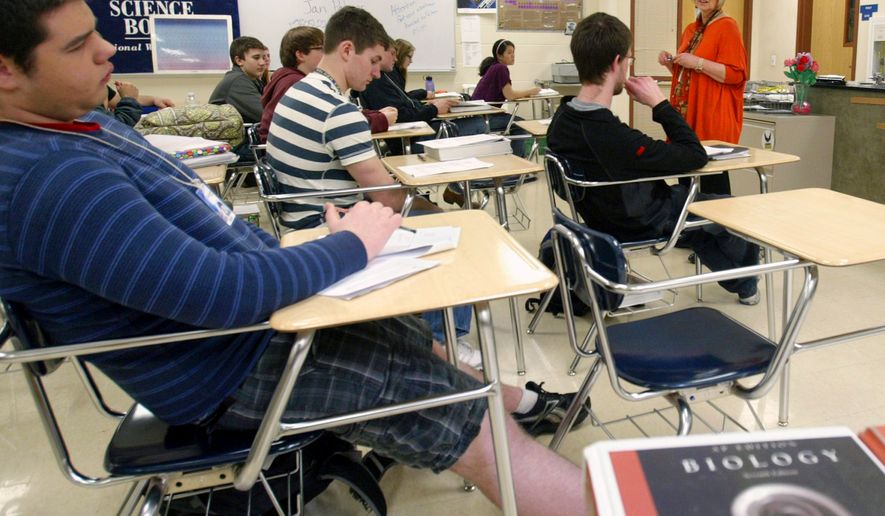ANALYSIS/OPINION:
The musings of our forefathers and other ancestors are upon us again as we bump up against the new school year.
For sure, our classrooms look nothing like they did when Thomas Jefferson proposed public schooling in 1817, or when Phoebe Hearst helped found the precursor the National PTA in 1897 or when Adam Clayton Powell helped usher in Head Start and other legislative components of LBJ’s “Great Society” in the 1960s.
Heck, public school student enrollment doesn’t even look like it did in 1995.
Today, white kids are in the minority in K-12 public schools, and the majority is projected toward being claimed by Asian, black, Hispanic and Native American children.
EdWeek.org explained it this way: “The new collective majority of minority schoolchildren — projected to be 50.3 percent by the National Center for Education Statistics — is driven largely by dramatic growth in the Latino population and a decline in the white population, and, to a lesser degree, by a steady rise in the number of Asian-Americans. African-American growth has been mostly flat.”
Forget about Jefferson, Hearst and Powell’s respective eras. That’s even a far different snapshot from the one taken in 1995, when whites were the distinct majority, claiming 64.8 percent of the K12 student population.
Jefferson couldn’t have foreseen such, Hearst didn’t and Powell wasn’t always in a forecasting mood.
What they had in common, though, was the keen notion that public schooling was critical to America’s and Americans’ well-being.
Many of us get it.
The earth isn’t flat, and the human beings who occupy it come in more varieties than Ben and Jerry’s.
Why, then, is there such resistance to reforming public schooling — especially since, according to Gallup polling, we’re not doing too well?
• Student and teacher engagement have declined.
• Neither business leaders nor students are enthusiastic about job readiness.
• And the mountain: “And no matter who you ask — from parents to college students to the general population — everyone agrees that the No. 1 reason to go to college is ’to get a good job.’ It’s not a degree. It’s a good job. Failing to recognize this, as we are failing to right now, spells catastrophe — especially with nearly flat economic growth in the U.S. and a pile of more than $1 trillion in student-loan debt,” Gallup Business Journal recently reported.
God bless the child
How silly the folks in Dyer County High School in Tennessee must feel for suspending a student after she said “Bless you” to a classroom sneezer.
Granted, those weren’t the only two words that rolled off the tongue of Kendra Turner while trying to explain why she had said what she said.
Kendra, her folks, her pastor and other supporters said suspension was a bit much, pretty much agreeing that when Kendra was suspended so were her First Amendment rights.
Interestingly, at Dyer, “bless” and “you” aren’t the only words students at Dyer are prohibited from saying.
The lengthy list — with nary a profane or offensive word to be seen or heard — includes:
• “My bad.”
• “Hang out.”
“[D]umb, stupid, stuff,” Kendra said.
I second her analysis.
Everybody knows that
“Many teenagers sleep with their cellphones in their pillows, and they’re texting all night,” Dr. Judith Owens, director of sleep medicine at Children’s National Medical Center in the District. “So I think it’s very important for parents to set limits on the use of those kinds of electronics.”
• Deborah Simmons can be reached at dsimmons@washingtontimes.com
• Deborah Simmons can be reached at dsimmons@washingtontimes.com.




Please read our comment policy before commenting.